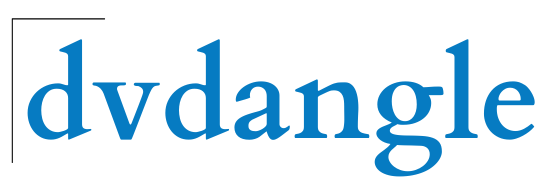In the constantly evolving world of digital marketing, businesses must adapt their strategies to maintain a competitive edge. This allows them to reach a broader audience, increase brand awareness, and drive sales. In this article, we will discuss various e-marketing methods used by companies to maximize their online presence and reach their target market.
Pay-Per-Click Advertising (PPC)
Pay-per-click advertising, also known as paid advertising, involves placing ads on search engines or social networks to attract potential customers. When users click on your ad, you pay a fee – hence, the term “pay-per-click.” Several platforms offer PPC services, including Google Ads and Facebook Ads.
Search Engine Advertising
One common form of PPC is search engine advertising. These ads appear alongside organic search results, making it more likely for users to find your website when they search for relevant keywords. This method can help you attract new visitors who may not have found your site through organic search alone.
Social Media Advertising
Social media platforms like Facebook, Instagram, and Twitter also offer PPC advertising options. By targeting ads based on demographic information, interests, and user behavior, these platforms enable businesses to tailor their messages to specific audiences, increasing the likelihood of driving conversions.
Organic Traffic and Search Engine Optimization (SEO)
Unlike paid advertising, organic traffic is generated without directly paying for clicks. Instead, businesses focus on optimizing their websites and creating valuable content to draw in users naturally. A key component of organic traffic generation is search engine optimization (SEO).
On-Page SEO
On-page SEO refers to the practice of optimizing individual web pages to improve visibility on search engine results pages (SERPs). This includes optimizing page titles, meta descriptions, headers, and content for relevant keywords. An effective on-page SEO strategy can increase your website’s ranking on SERPs, making it easier for users to find your business.
Off-Page SEO
Off-page SEO focuses on building backlinks from reputable websites to increase your site’s credibility in the eyes of search engines. The more high-quality backlinks you have, the better your chances of ranking higher on SERPs. Strategies for improving off-page SEO include guest blogging, influencer outreach, and creating shareable content.
Content Marketing
Content marketing involves creating and sharing valuable, informative, and engaging content with the goal of attracting and retaining a target audience. By providing genuinely useful information or entertainment, businesses can build trust with their audience and foster long-term relationships that lead to customer loyalty and increased sales.
Blogging
Blogs are an essential content marketing tool. They provide a platform to showcase your expertise, address customer concerns, and keep users engaged with fresh, relevant content. With consistent, keyword-rich blog posts, you can improve your website’s SEO and attract new visitors.
Video Marketing
Videos are highly engaging and easy to consume. Businesses can use video platforms like YouTube or Facebook video to share product demos, customer testimonials, how-to guides, or entertaining branded content. Creating high-quality videos can help you capture user attention and build stronger connections with your audience.
Email Marketing
Email marketing allows businesses to communicate directly with their target audience, offering personalized content that drives conversions. By segmenting your email list and creating targeted campaigns based on subscriber preferences, you can build a loyal customer base that values the information and offers you share.
Social Media Marketing
Leveraging social media platforms is crucial for any e-marketing strategy. Businesses use social media to engage with their audience, share valuable content, generate leads, and maintain a strong online presence.
Choosing the Right Platforms
To maximize the effectiveness of your social media marketing efforts, it’s essential to choose the right platforms for your business. Factors to consider when selecting a platform include your target audience’s demographics, interests, and online behavior.
Creating Engaging Content
As with content marketing, providing engaging, shareable content on social media helps businesses build trust with their target audience, leading to increased brand awareness and customer loyalty. Be sure to create a mix of promotional and non-promotional content to keep your followers interested and engaged.
Influencer Marketing
Partnering with influencers who have an established following in your niche can be an effective way to extend your reach and connect with new customers. Influencer campaigns often involve sponsored posts, product reviews, or collaborative content creation. This type of marketing can lend credibility to your brand and drive traffic to your website.
Finding the Right Influencers
When choosing an influencer to work with, it’s crucial to ensure they align with your brand values and resonate with your target audience. Carefully vet potential collaborators by examining their engagement levels, follower demographics, and previous partnerships.
Setting Clear Expectations
Influencer marketing works best when both parties have a clear understanding of their roles and expectations. Ensure you communicate your goals, timelines, and content requirements with the influencer to create a successful collaboration.
Combining Strategies for Maximum E-Marketing Impact
To summarize, businesses can employ various e-marketing methods such as paid advertising, search engine optimization, content marketing, social media marketing, and influencer marketing to increase brand awareness, attract new customers, and drive sales. The most effective approach is often a combination of these strategies, tailored to your business’s specific needs and target audience.




